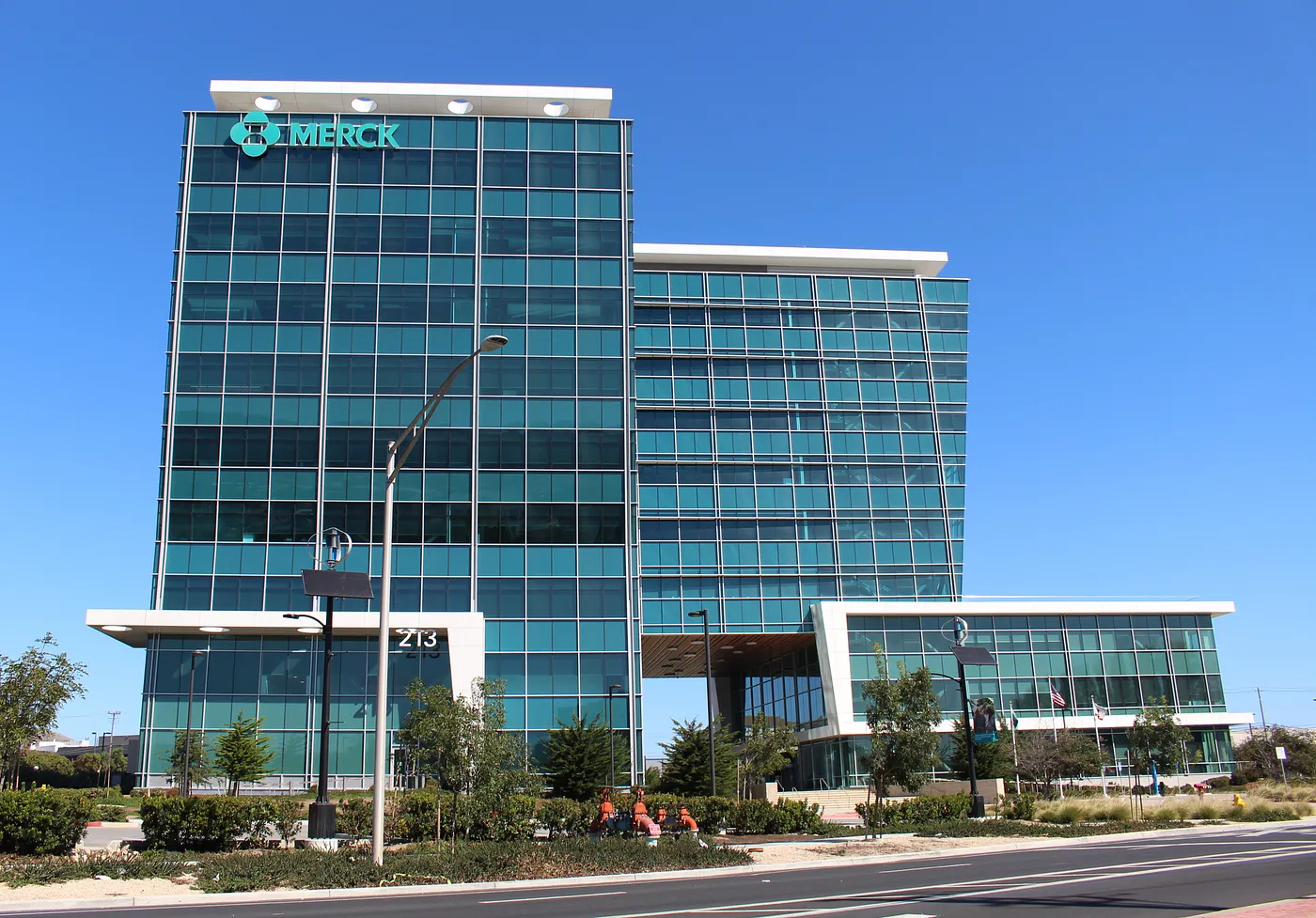The Impact of Merck’s Price Increases for Keytruda on Pharmaceutical Innovation

Merck Research Laboratories in San Francisco, CA
The pharmaceutical industry has long argued that high drug prices are a good thing because the profits from these price hikes allow companies to spend more on research and development to discover and launch the cures of the future.
To test the claim that higher drug prices drive innovation, we gathered data from the industry, individual companies, and the FDA to conduct a counterfactual analysis: what would happen at some of the largest pharmaceutical companies in the world if prices on certain blockbuster drugs had remained constant over the last 10 years?
The following case study examines drug pricing at Merck, a multinational pharmaceutical firm with treatments in oncology, diabetes, and infectious disease. This analysis is part of a larger study on the impact of pharmaceutical price increases on medical innovation. To read the full study, click here.
Merck Case Study
- Headquarters: Readington Township, N.J., United States
- Drug Analyzed: Keytruda (pembrolizumab)
- 2021 Company Revenue: $42.9 billion
- 2021 R&D Spending: $10.7 billion
- Other Key Products: Gardasil (human papillomavirus 9-valent vaccine), Januvia (sitagliptin), ProQuad (MMRV vaccine)
Merck’s financial future is heavily dependent on its blockbuster cancer drug Keytruda, which accounted for 40 percent of company revenues in 2021. The company submitted applications for accelerated approval on several cancer indications for the drug, greatly expanding the patient pool.
We analyzed Merck’s pricing behavior for Keytruda since 2015. In 2021, the drug’s price stood at just 3.1 percent higher than its initial price in 2015. However, the drug reached as much as 19.5 percent higher in 2018.
In one way, Keytruda is an exception to most drugs selected for the analysis: its revenue growth is overwhelmingly driven by increases in prescribing volume. This is owed largely to the drug’s expanding list of cancer indications. Even so, nearly 20 percent of the drug’s revenue growth came from price increases, totaling $3.1 billion over six years.
If the price of Keytruda remained flat since 2011, the loss of $3.1 billion in revenue would have resulted in $806 million less in R&D spending. We estimate that, based on the drug development scenarios used in our analysis, Merck spends $4.9 billion (IQR: $4.1-$5.3 billion) in R&D per new drug developed. The resulting revenue loss would lead to about 0.17 fewer drugs developed.
The results are further evidence that profit growth driven by price hikes on older, branded, monopoly drugs like Keytruda rarely leads to the development of innovative new medicines.



 ">
">